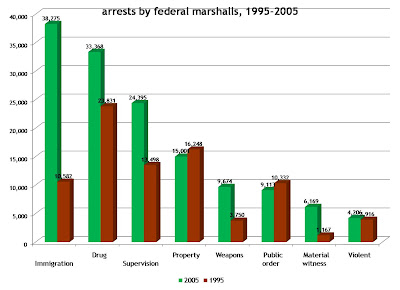 slaverymap.org is an interactive website developed by university of san francisco faculty and students to document human trafficking. from the site:
slaverymap.org is an interactive website developed by university of san francisco faculty and students to document human trafficking. from the site:
“It’s time to show the world that slaves exist among us. Restaurants and fields, construction sites and brothels, suburbs and cities: all are home to victims of trafficking in the United States and abroad. Twenty-seven million slaves in the world, and we want to find them. SlaveryMap exists to record and display instances of human trafficking across the globe. Whether you find them hidden in your hometown or covered in The New York Times, report the incidents onto this map for people everywhere to see. If you encounter a current situation of bondage, do not enter the information here. Please immediately call the US national trafficking hotline number so that the proper law enforcement and service providers can be alerted: 1-888-3737-888… Welcome to the movement.”



